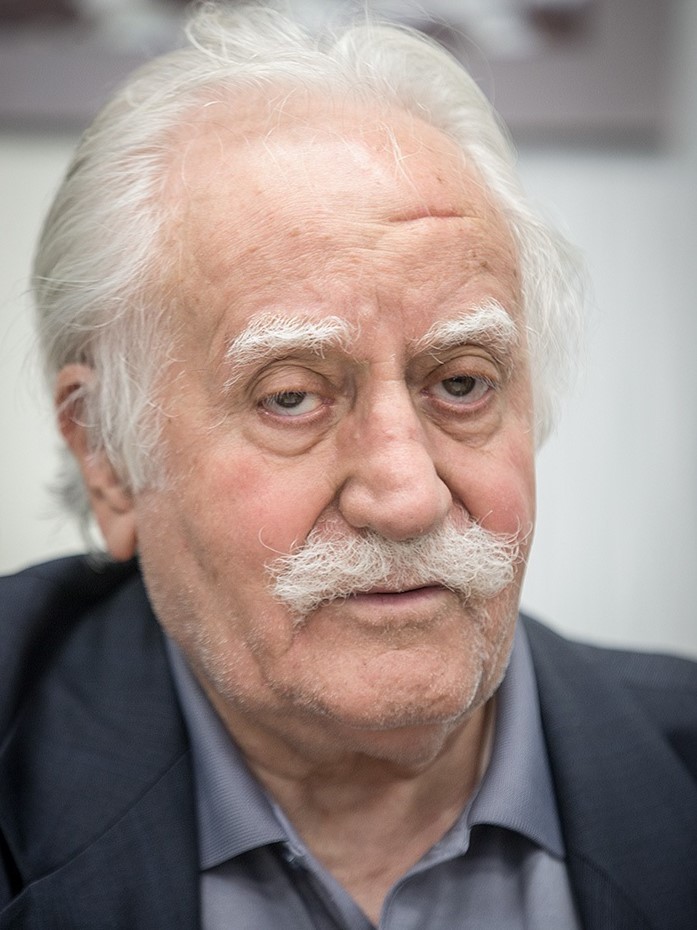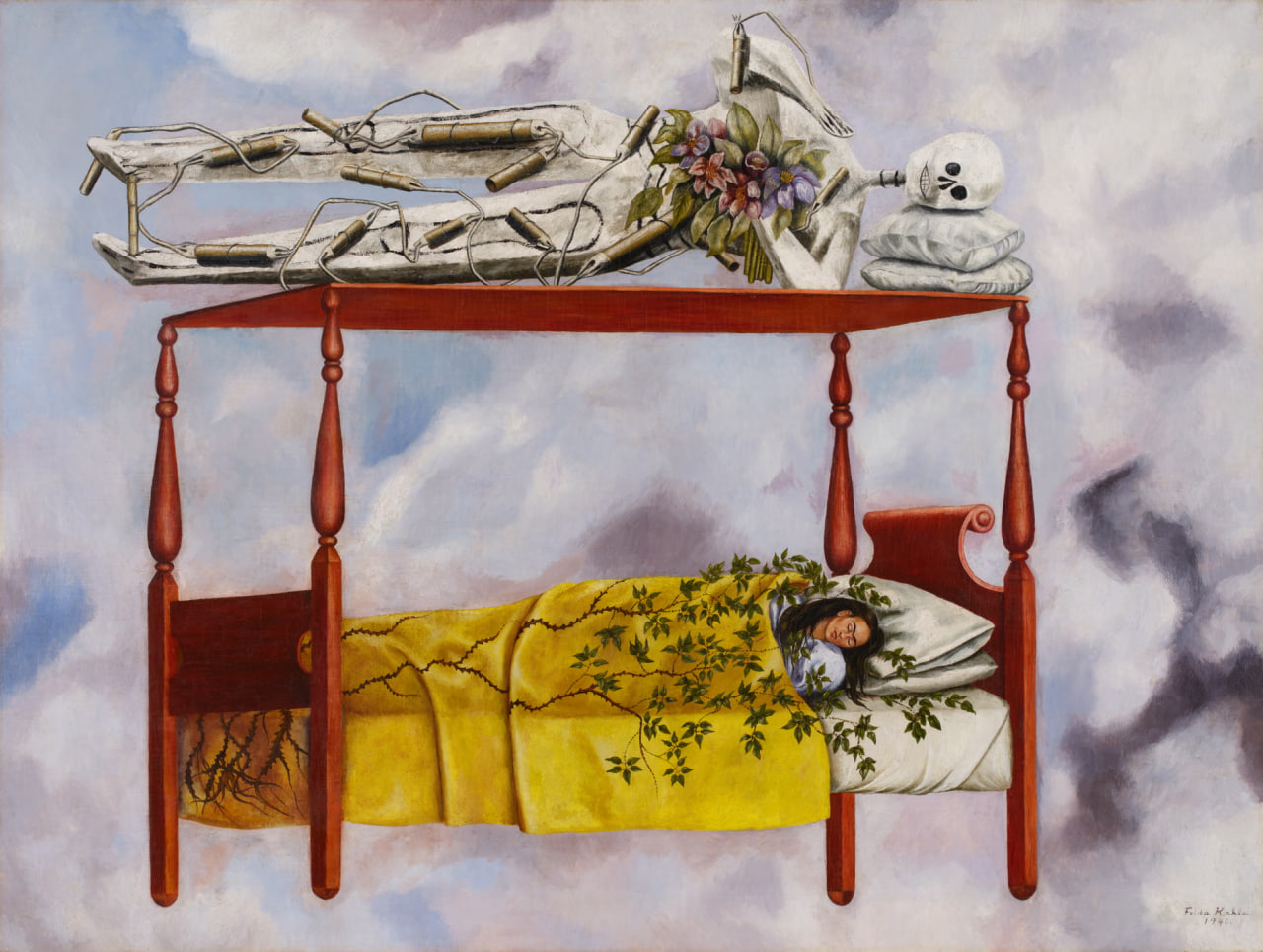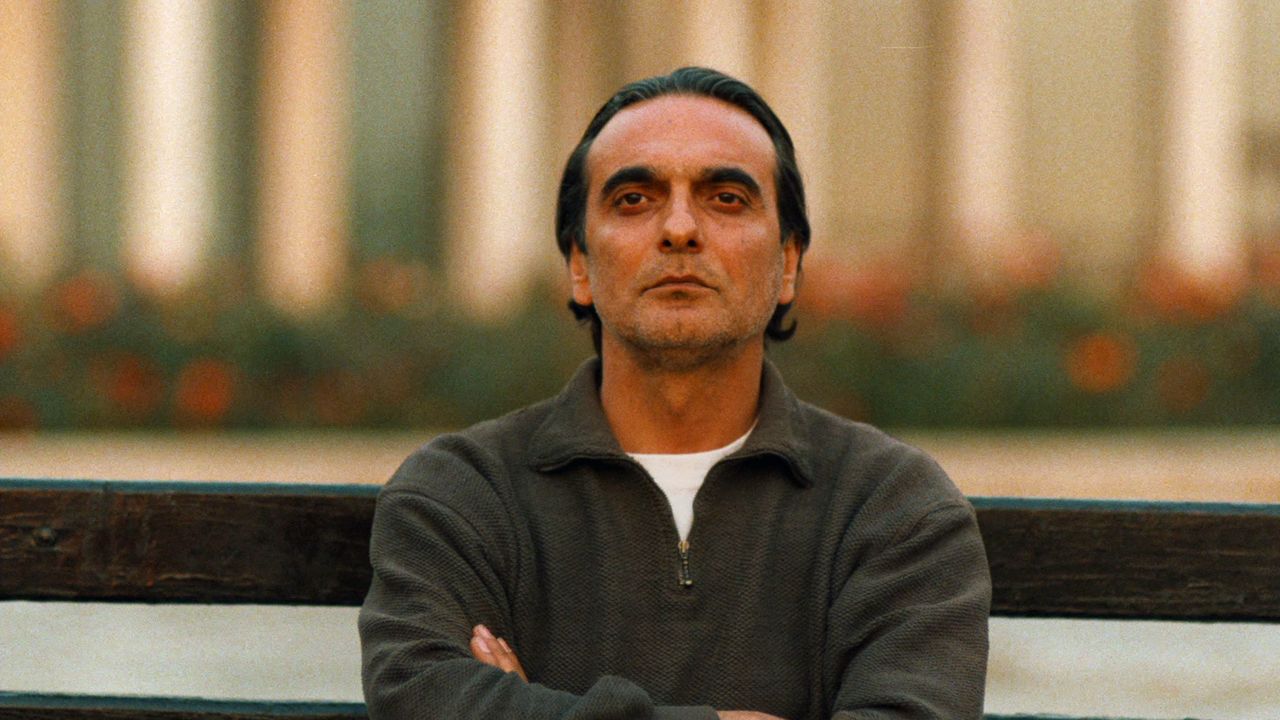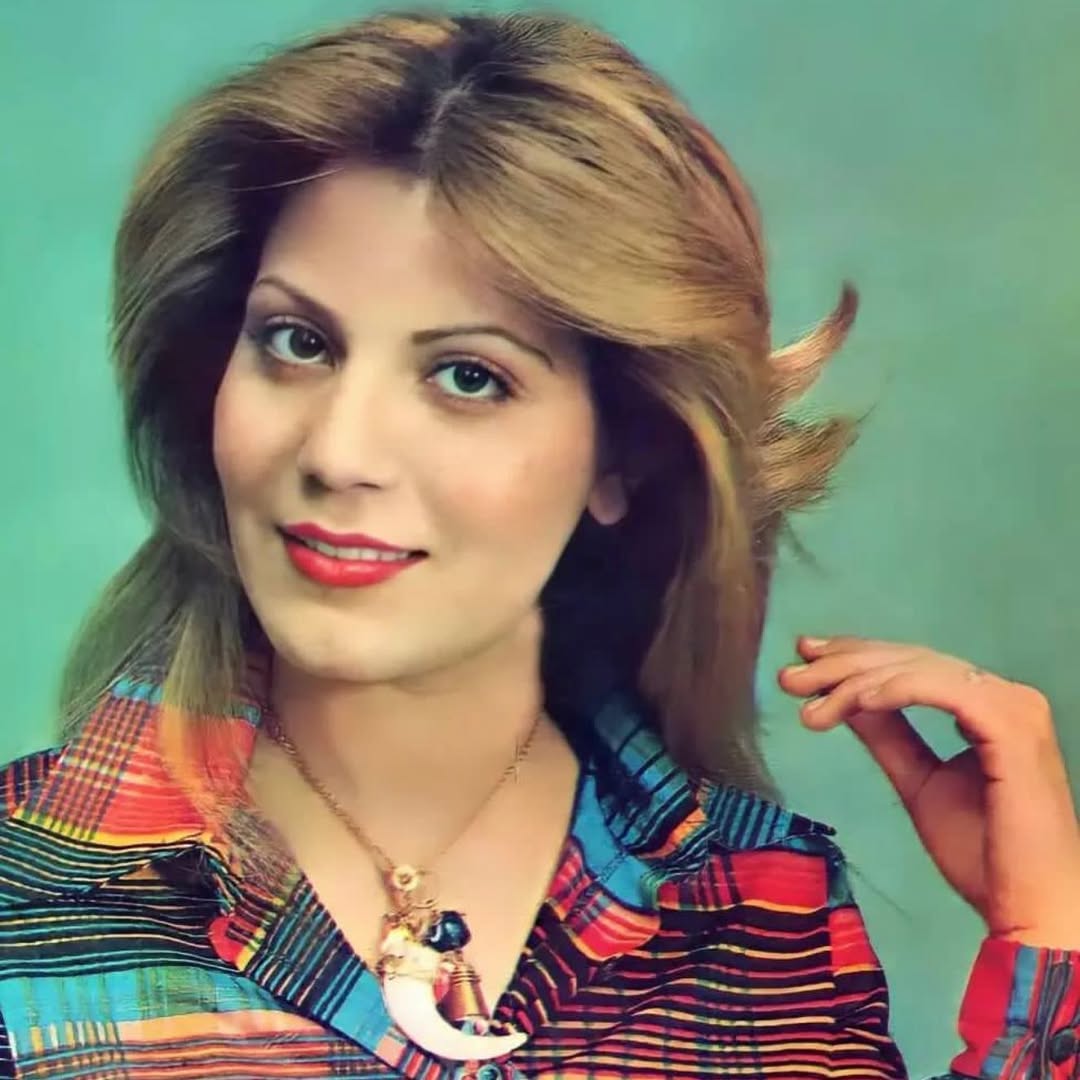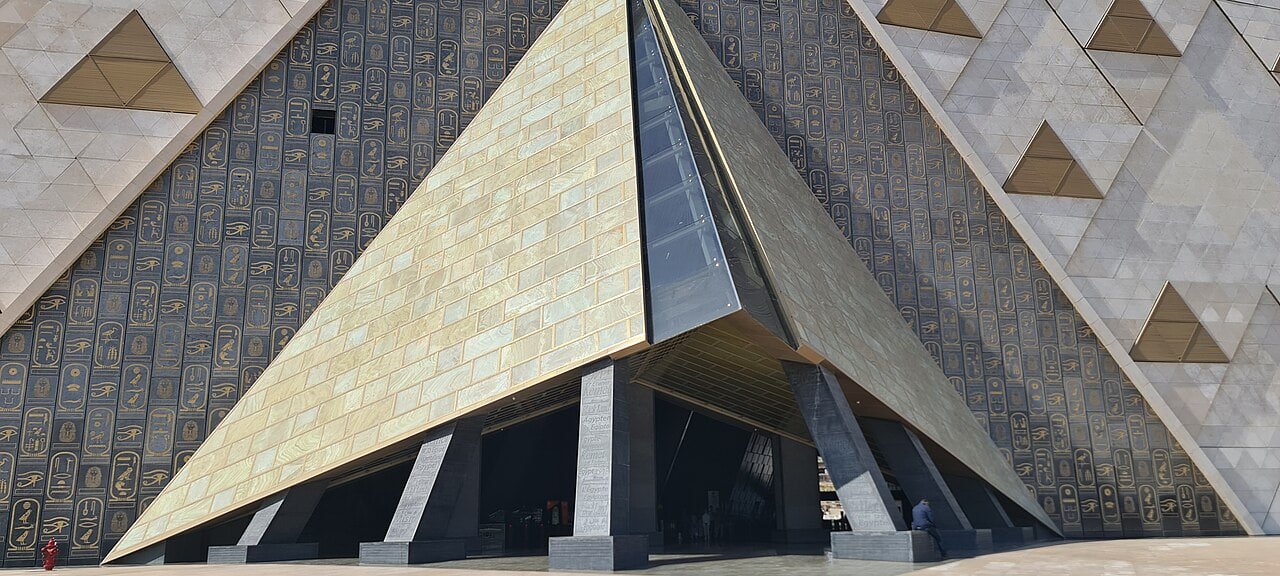Mahmoud Farshchian, the legendary painter and reviver of Persian miniature, passed away on Saturday, August 9, 2025, at the age of 95 in the United States due to pneumonia. The artist, who had been residing in America for many years, had been under medical care in recent days, but illness and advanced age brought an end to over seven decades of artistic creation.
Born on January 24, 1930, in Isfahan, Farshchian’s talent and passion for art were nurtured from an early age by his art-loving father. He began his training in the workshop of master Mirza Agha Emami and later under Issa Bahadori at the School of Fine Arts in Isfahan. After completing his studies, he traveled to Italy to deepen his knowledge of Western art, drawing inspiration from Renaissance and Baroque masters. Upon returning to Iran, he took on key cultural roles, including Director of the Department of National Arts and Professor at the Faculty of Fine Arts, University of Tehran.
Farshchian developed a distinctive style blending the rich traditions of Persian miniature with contemporary artistic sensibilities—a style later recognized as the “Farshchian School.” Through his innovations in form, color, and composition, he liberated miniature painting from its exclusive dependence on literary illustration and positioned it alongside other major visual arts.
His works—such as The Evening of Ashura, The Deer’s Advocate, The Hardest Test, Shams and Rumi, The Fifth Day of Creation, and the design of the new shrine for Imam Reza in Mashhad—have gained international acclaim. Many have been exhibited in renowned museums and religious sites and have been presented as diplomatic gifts by the Iranian government to world leaders.
Over his lifetime, Farshchian received numerous awards and honors, including recognition as a “Living Human Treasure” when Persian miniature was inscribed on Iran’s National Intangible Cultural Heritage list. His art has been displayed in prestigious institutions such as the Louvre in Paris, the Victoria and Albert Museum in London, and the Art Institute of Chicago. A dedicated museum in his name at Sa’dabad Palace in Tehran houses a major collection of his works.
His body will be repatriated to Iran for burial in his hometown of Isfahan, beside the tomb of the 17th-century poet Saeb Tabrizi—an eternal resting place for an artist whose brush and colors brought to life the spiritual and cultural soul of Iran.

